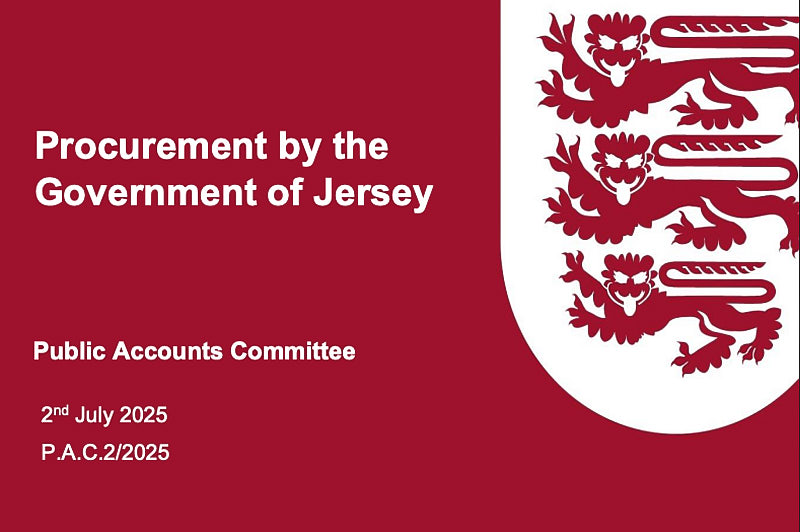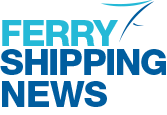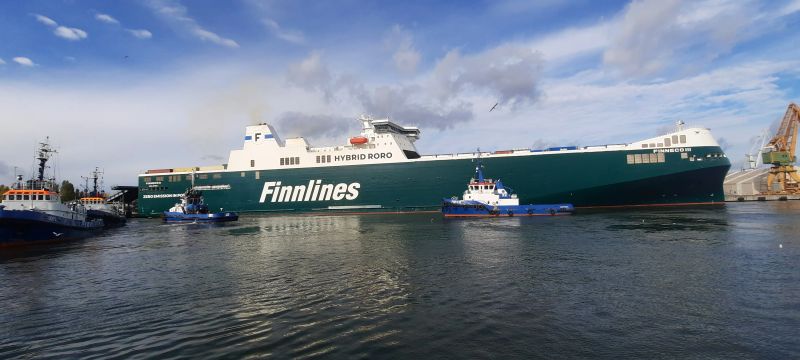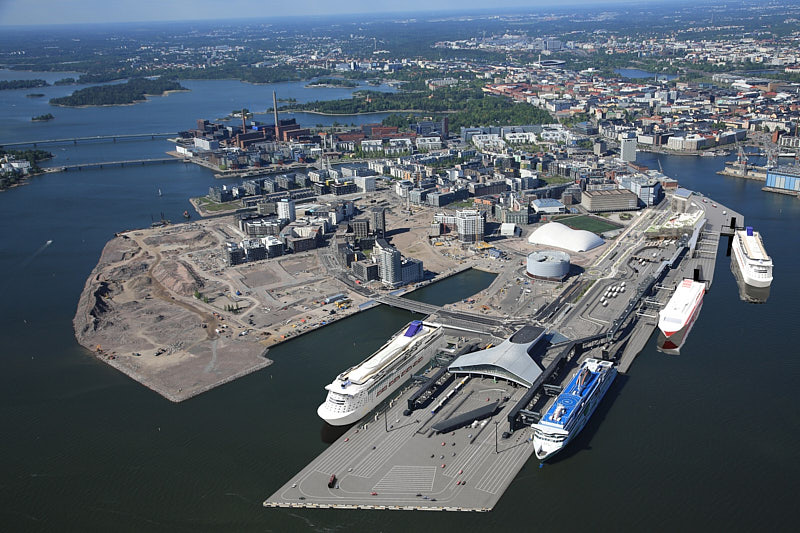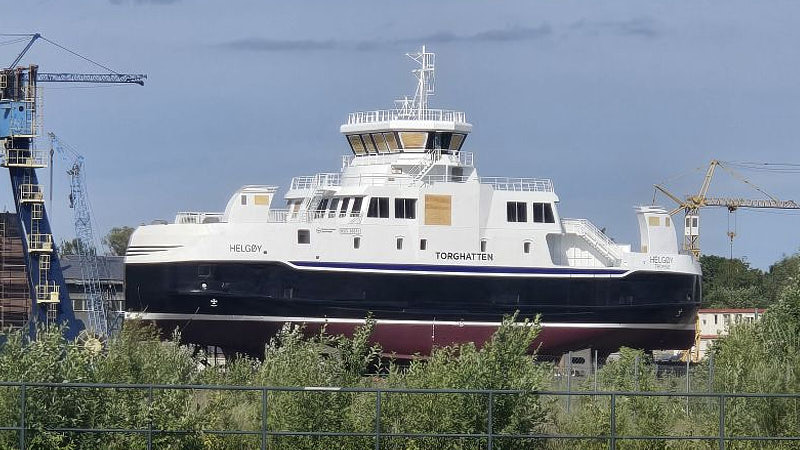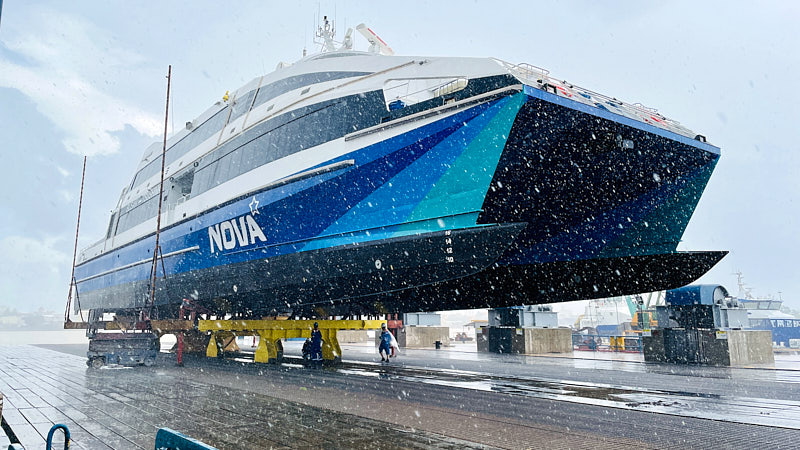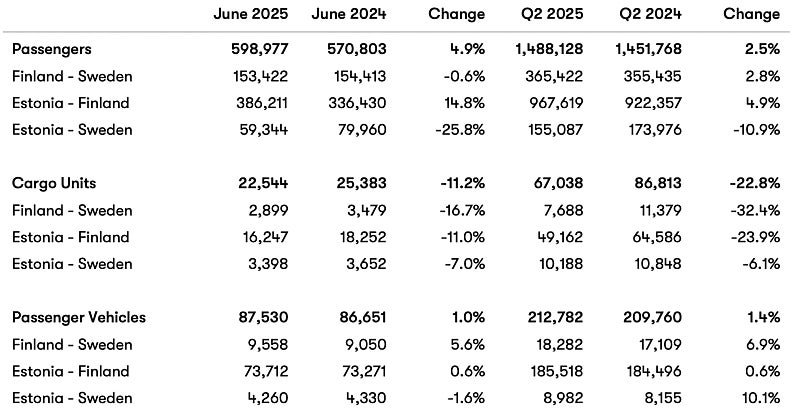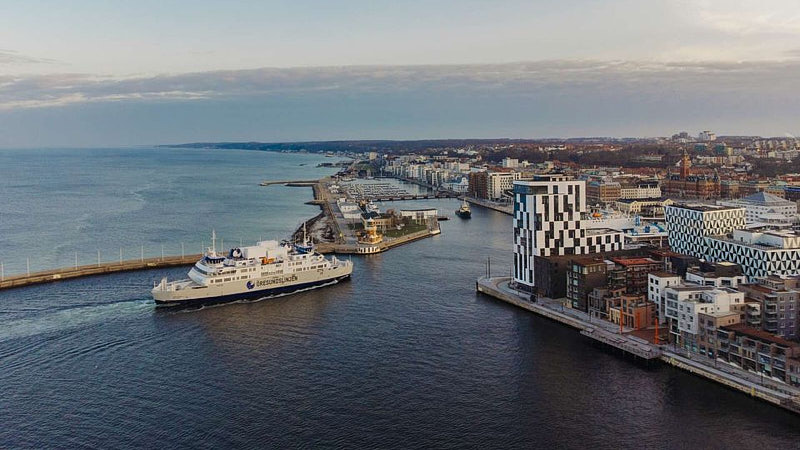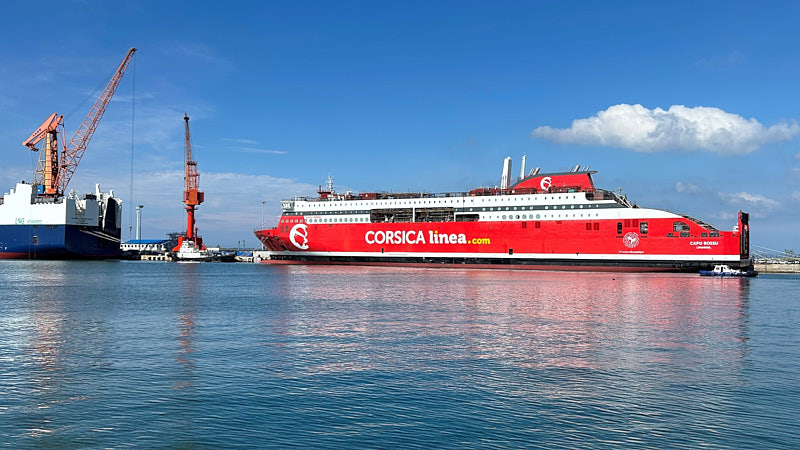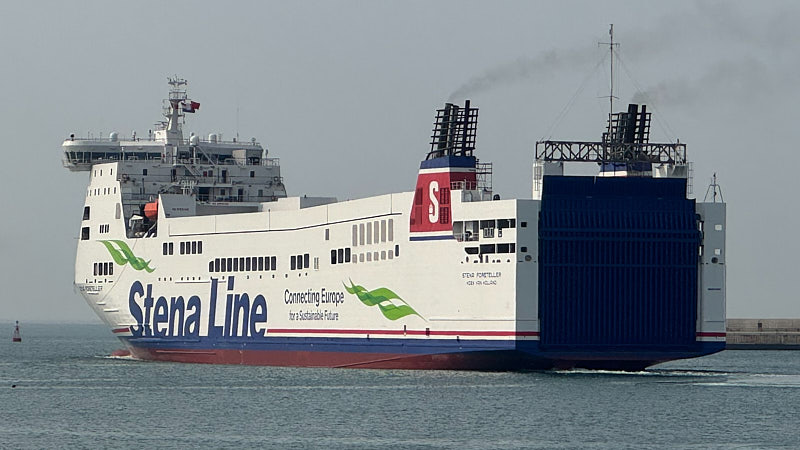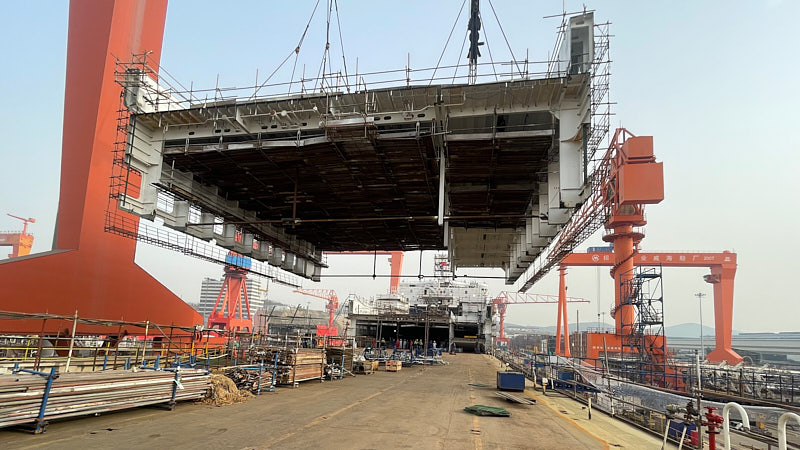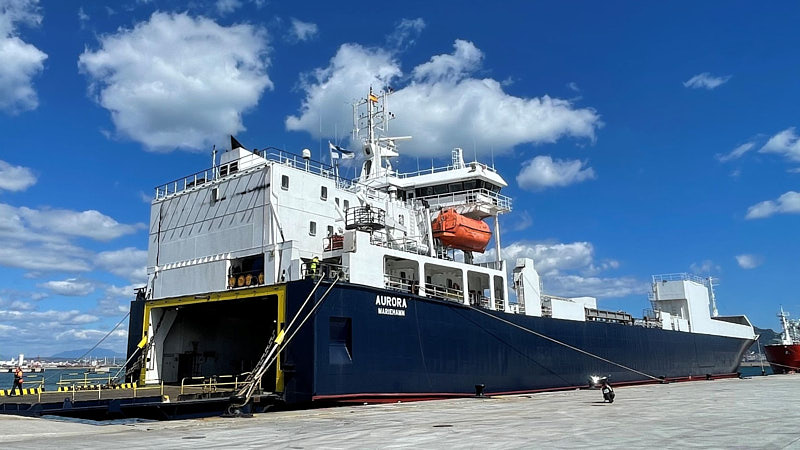The Government of Jersey’s Public Accounts Committee (PAC) has identified key failings in the joint ferry procurement process with Guernsey.
- No shared governance or joint evaluation of bids.
- No use of best practice models from UK/EU.
- Commercial Services lacked clear oversight role.
- External consultants were needed due to limited internal capacity.
A formal lessons-learned and benchmarking exercise is recommended by end 2025 to improve future joint procurement.
Section 6.2 (page 44) of the PAC report sheds light on Condor’s role in the failed Jersey–Guernsey ferry procurement:
- Final Contender: Condor was the only firm remaining in the final stages before being rejected by Jersey, although Guernsey had scored its bid positively.
- Financial Concerns: Jersey’s officials raised serious issues about Condor’s financial stability. A letter from Condor warned it might need up to £36 million in support to continue operations if unsuccessful in the tender.
- Guernsey Moves Ahead: Frustrated by delays in Jersey, Guernsey went ahead and awarded their contract to a Condor/Brittany Ferries joint bid, leaving Jersey to launch a separate tender.
- Resulting Split: Guernsey signed with Brittany/Condor, but Jersey chose DFDS in December 2024, marking the end of Condor’s 60-year continuous service
